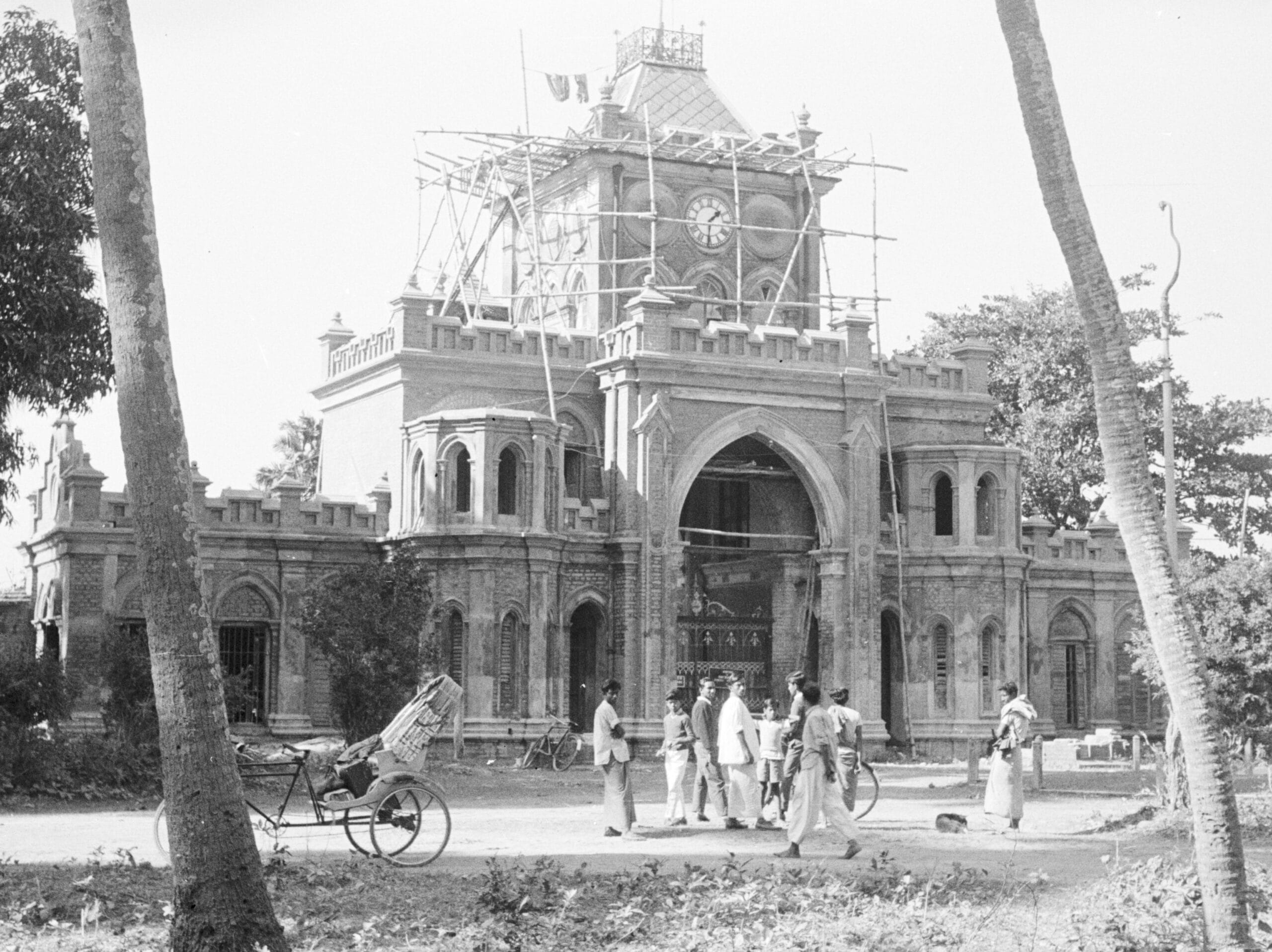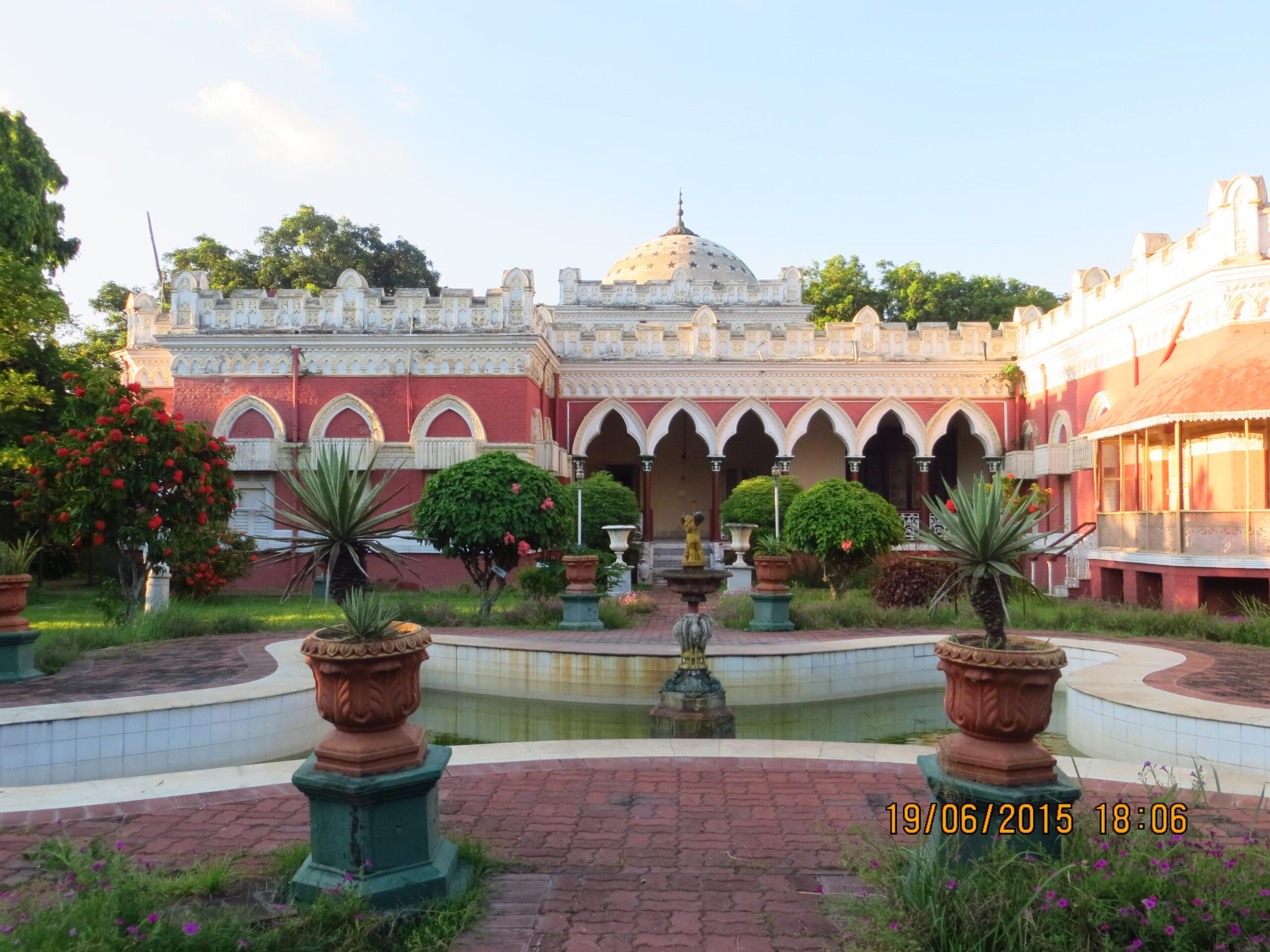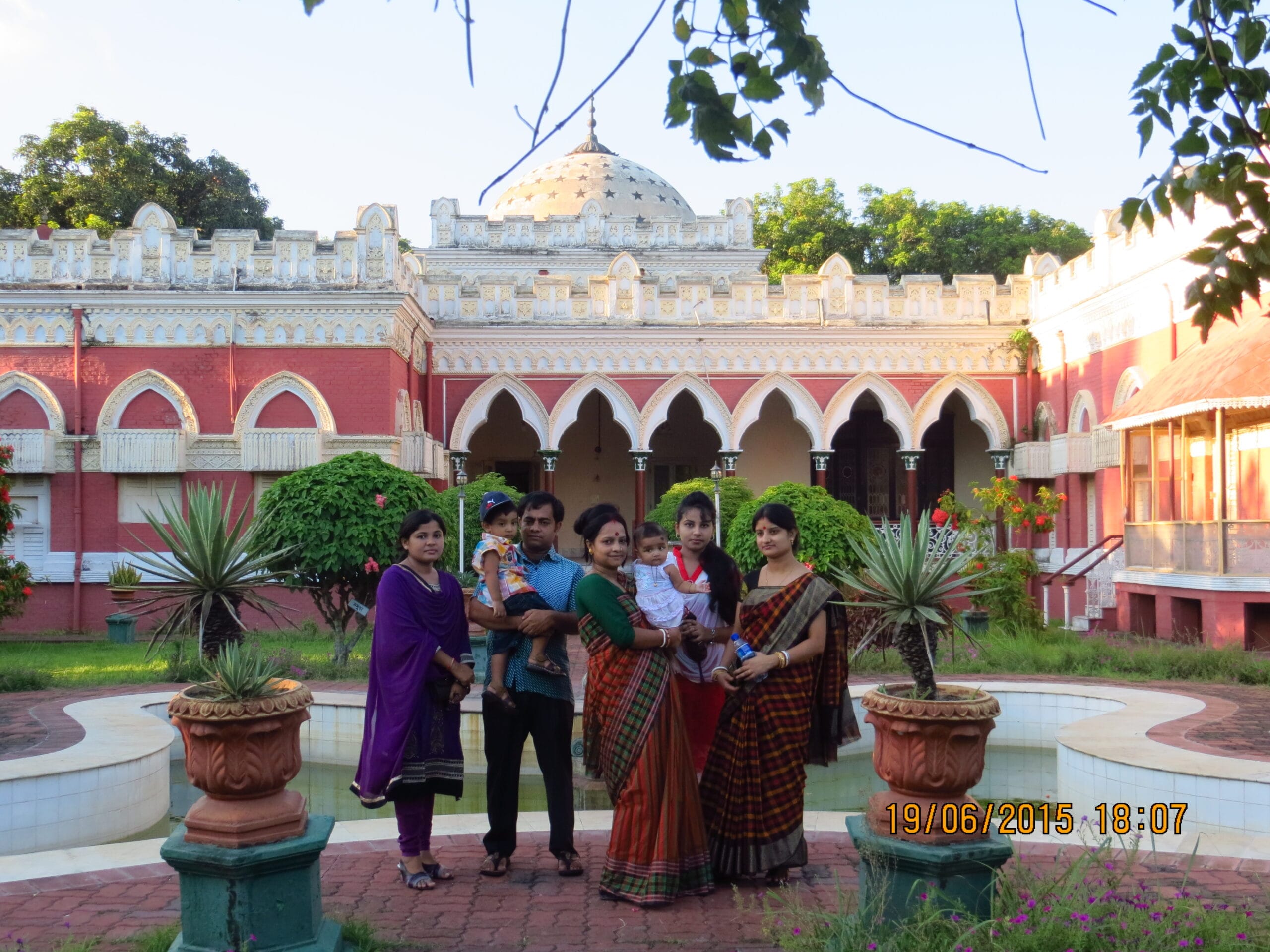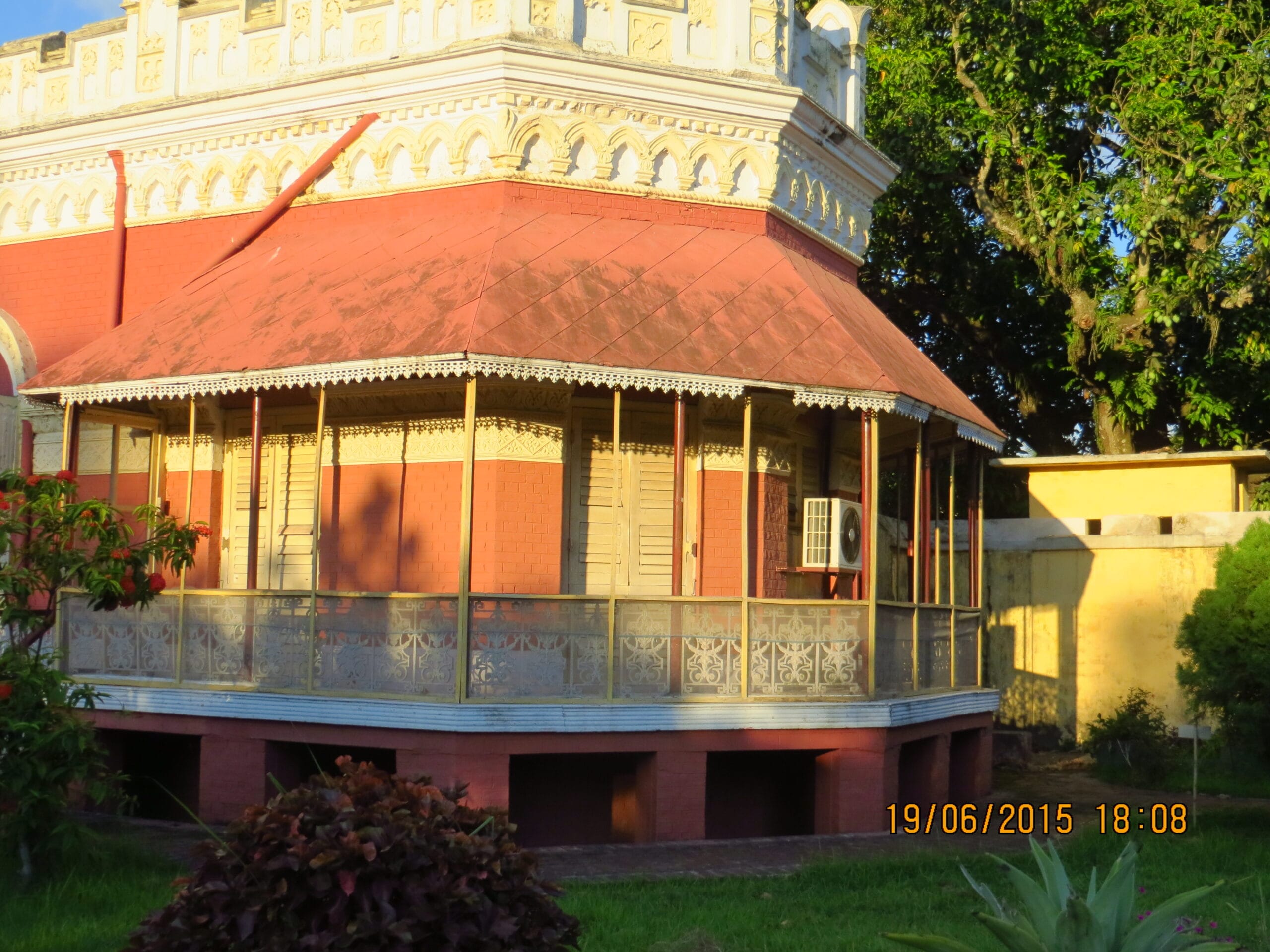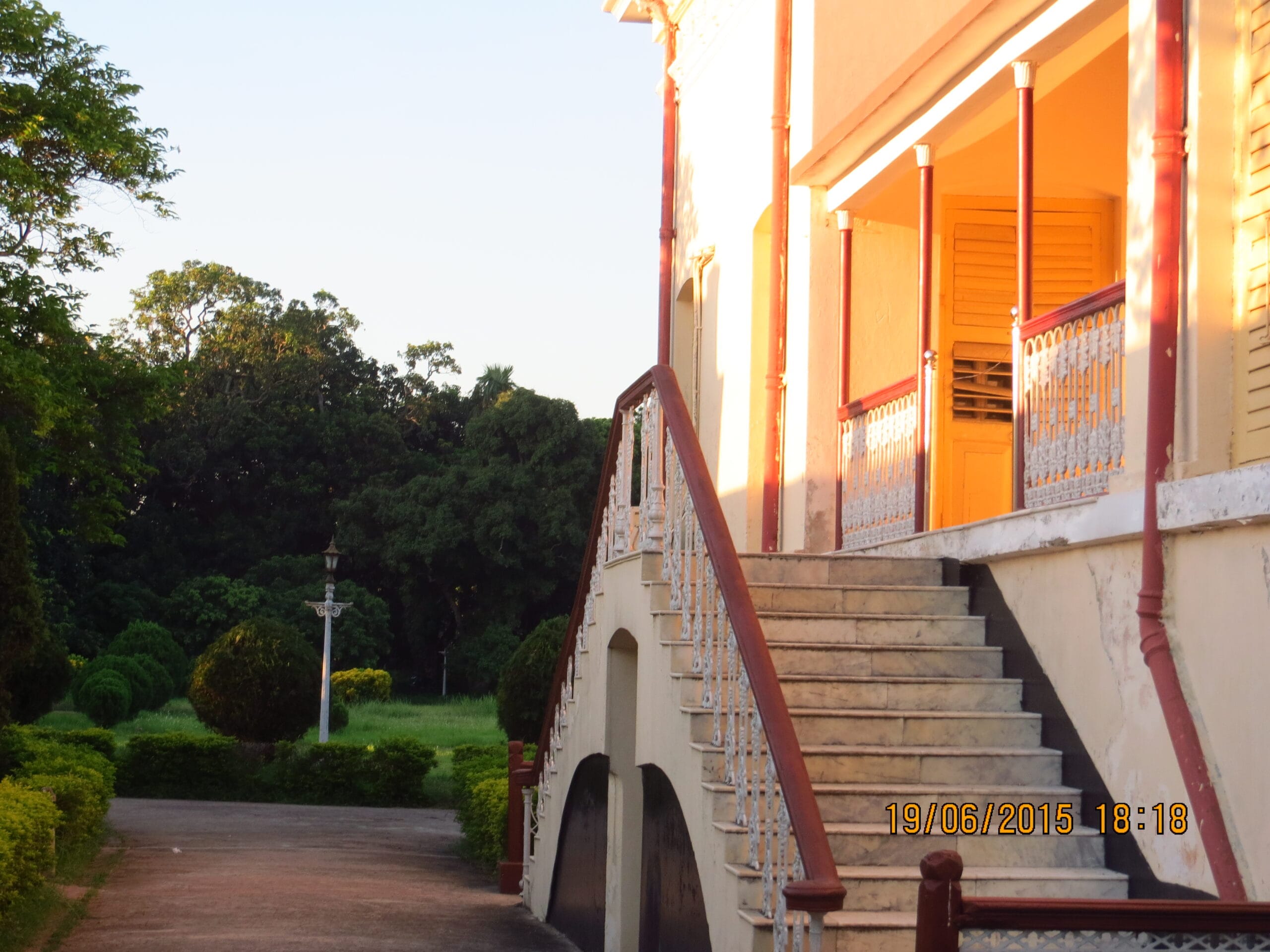There are places that become chapters in your life — not because they are grand or famous, but because they quietly hold your laughter, your thoughts, your pauses between sentences. Uttara Ganabhaban, for me, is one of those places. I have lost count of how many times I’ve walked through its beautiful gardens, sat on its benches, or stood under its ancient trees watching the day fade into evening. But what I haven’t lost — and probably never will — are the feelings I carry from those moments.
It is hard to describe in words because Uttara Ganabhaban is not just a structure or a park or a piece of history to me— it’s a backdrop to countless small memories that somehow became big ones in my life. Hang on with me while I am trying to put all that in words as much as I can.
Table of Contents
ToggleUttara Gonobhaban | A Royal Past, Whispering in the Present
Long before, I began wandering its paths. This place belonged to history. Built by Raja Doyaram, the Dewan (Minister) of the legendary Rani Bhavanee, Dighapatia Palace stood as a symbol of history, power, and elegance. And today, we know it more formally as Uttara Ganabhaban — the northern residence of the Prime Minister of Bangladesh.
But back then, for us, it was simply “Dighapatia Rajbari” (the palace). A place close to our stay in Natore, grand in stature that it made every visit feel like stepping into a different time — a world touched by European art, fashion, and architecture. It almost whispered secrets in the wind.
When Friends Were Just a Phone Call Away
Some of my fondest memories here are tied to those aimless evenings spent with friends. No big plans. Just someone saying, “Chol Ganabhaban-e jai (Let’s go to Ganabhan),” and off we went.
We’d sit for hours. Talking about life. Sometimes talking about nothing. Tea in hand, the sky above us slowly dimming. Someone would bring peanuts. Someone would share a recent heartbreak or a funny office story. And no one ever looked at the clock.
That bench under the banyan tree (don’t know if it still exists or not)? That’s where one of my friends confessed his love story to us — his nervous laughter still rings in my ears.
We didn’t realize it then, but we were building something. Not monuments, but memories. And the palace, with its open arms and silence, held it all for us.
Our Evenings Beneath the Royal Sky
But what made Uttara Ganabhaban so special to me was not just its grandeur — it was the memories built on its soil.
We used to gather just outside the main gate, friends and neighbors from the town. We used to have tea from the nearby stall, play carom under the open sky, and gossip about everything and nothing. The laughter, the debates, the planning of weekend hangouts — those small rituals that define our youth— they all happened here. I believe that all these small things collectively made a significant contribution to shaping my inner self.
Evenings spent in its embrace were never ordinary. Something about the calmness in the air — it slowed us down, made us feel present, made us feel like we belonged.
Of Bicycles, Coconut Trees, and Laughter
I can still hear the squeaky pedals of our bicycles. We used to ride to the palace — a convoy of cheerful youth, chasing the sunsets and dreams. The road leading to Uttara Ganabhaban was its own kind of poetry, flanked by tall coconut and supari trees. It was scenic, serene, and slightly surreal.
That trail wasn’t just a route for us. It was a passage — from the mundane to the magical.
With Family, the Silence Felt Deeper
Other times, it was family. Usually a Friday or a Saturday (weekend, this part of the world) afternoon visit. My little one is chasing butterflies on the lawn. My spouse is walking quietly beside me — nothing is said, but so many things are said.
There was a grace in those moments. The way the breeze would pick up just as you paused near the pond. The way the palace’s arches caught the fading light. Or how the guards, familiar with our faces by then, would nod with a half-smile as we walked in.
It wasn’t always eventful, but that’s the beauty of it. It taught me how peace can look like nothing much — and still be everything.
Looking Back, with a Smile That Hurts a Little
Sometimes I wonder — was it the place or the time of life I was in?
Maybe both.
Life has moved on. Some friends are in different cities, some in different realities. Family gatherings have become rare. Now I am also living in a distant city and rarely managed to visit the place. But the palace (Uttara Ganabhaban) still holds — the echoes inside my soul.
When I close my eyes, I can imagine, the benches are still there. The trees a bit older. Some areas are a little more polished now, maintained for visitors and officials. But the heart of the place? Unchanged.
It still invites you to slow down, listen, and feel.
A Personal Invitation
Some places don’t just exist in time — they stretch across it. For me, Uttara Ganabhaban isn’t only a historic site in Natore. It’s a memory map, a thread running through my student life, early career, and all those unplanned evenings of laughter, tea, and gentle breezes.
If you ever find yourself near Natore, don’t miss this place. Don’t just Google it. Don’t just take a few pictures and move on. Sit, walk slowly, and talk softly. Let it speak back to you.
Because Uttara Ganabhaban isn’t just an old palace, it’s an emotion. A bridge between the past we miss and the present we’re living.
And for me — it’s always the place where time whispered, and I listened.


